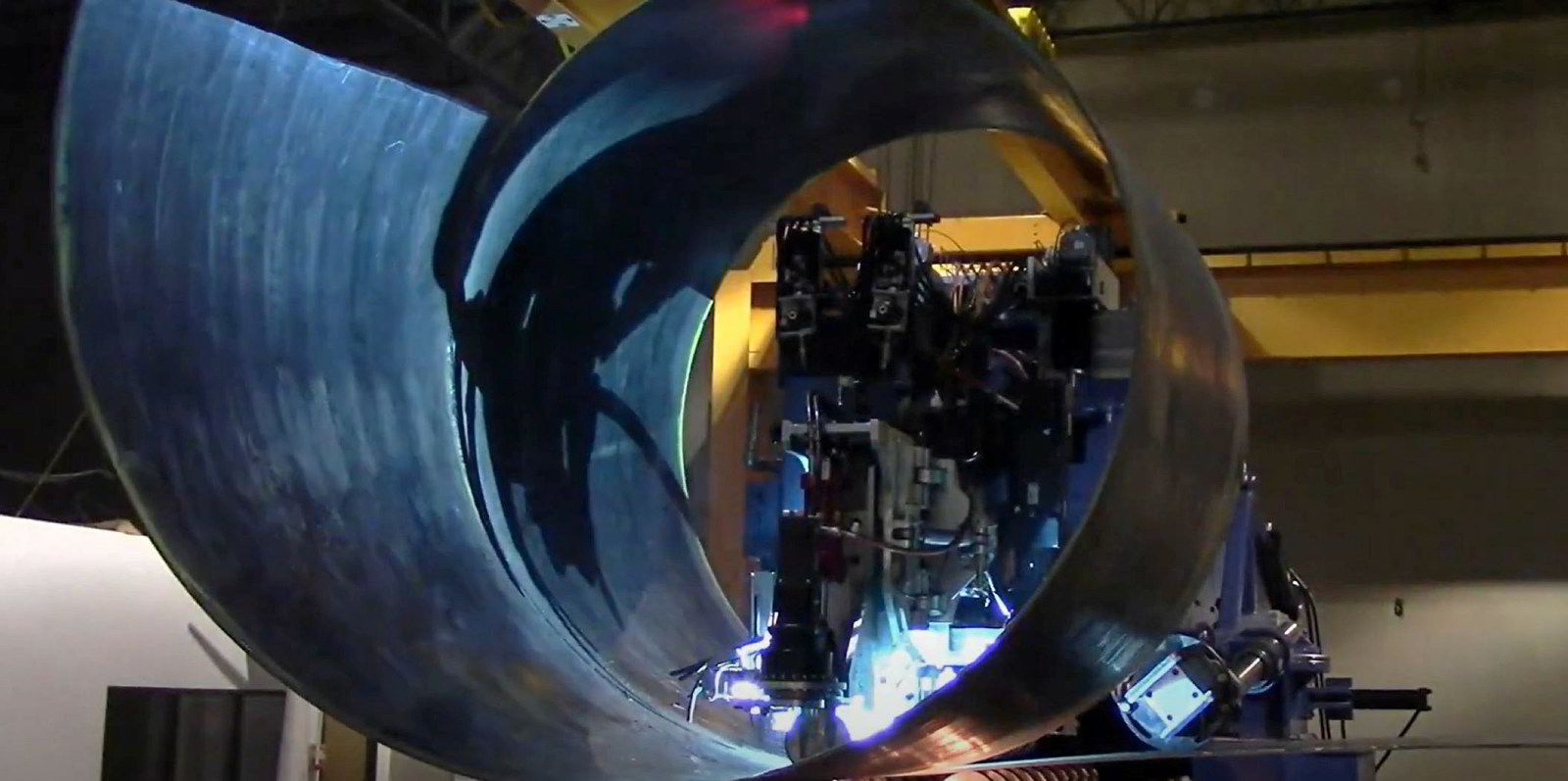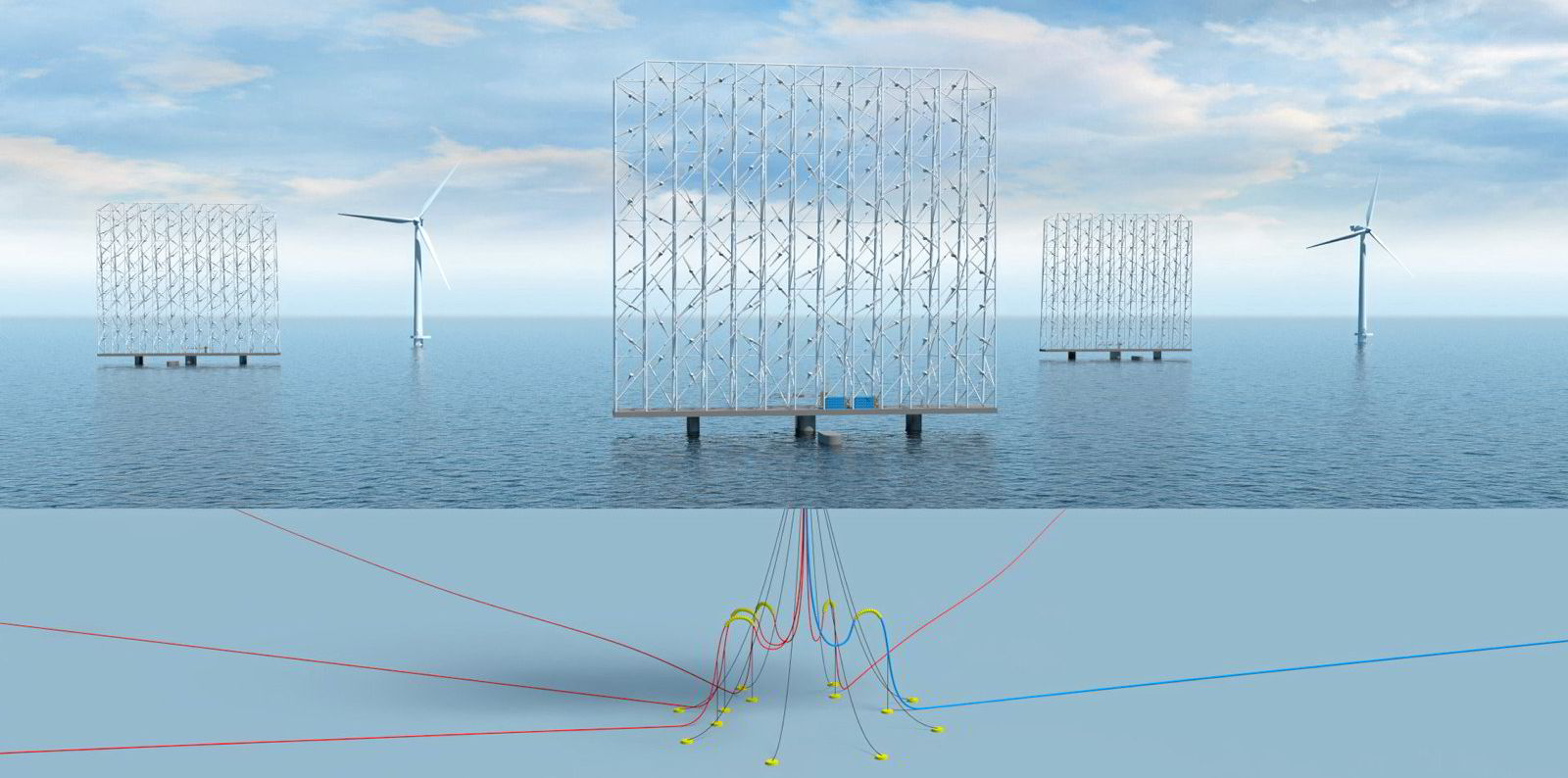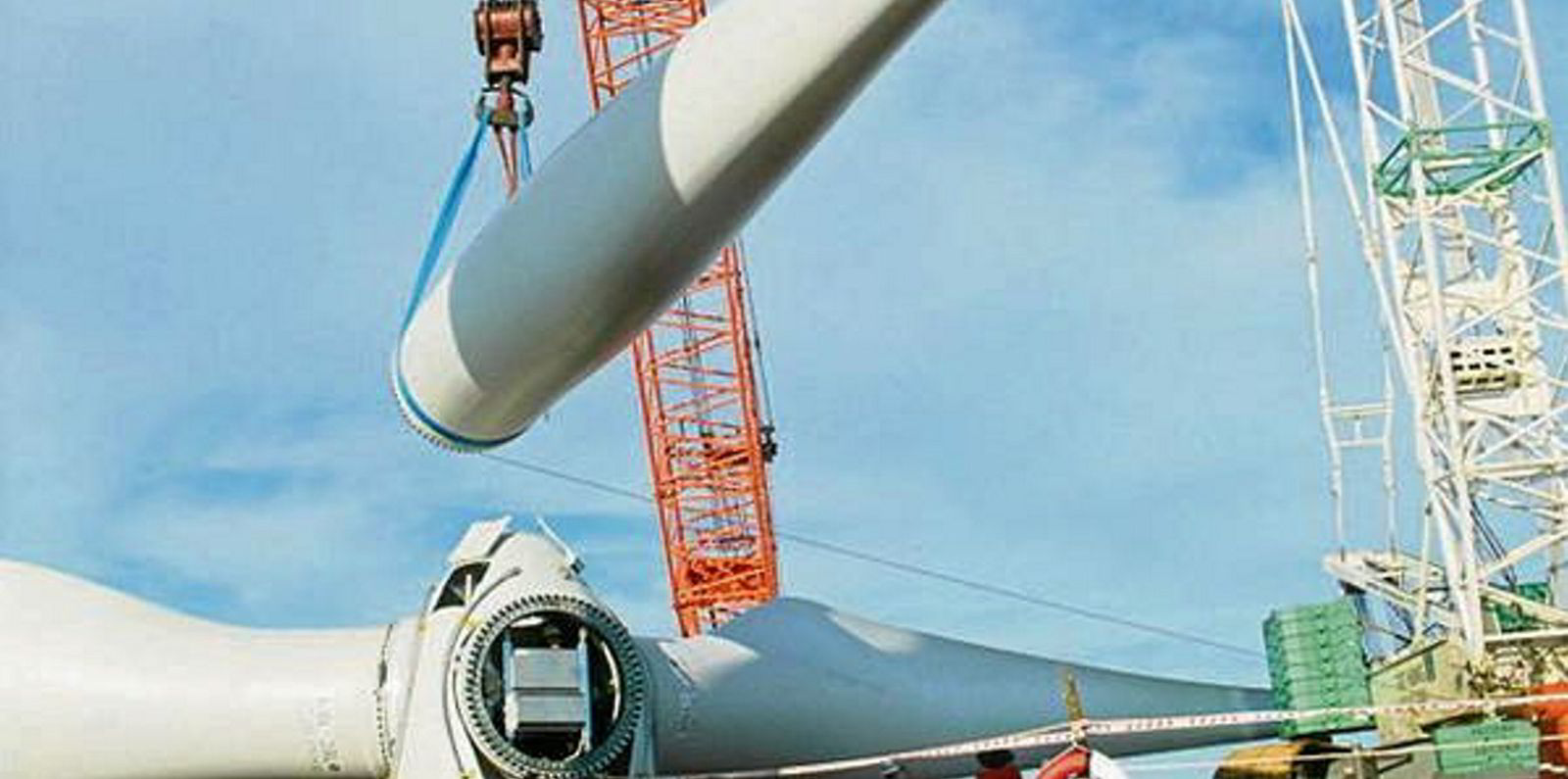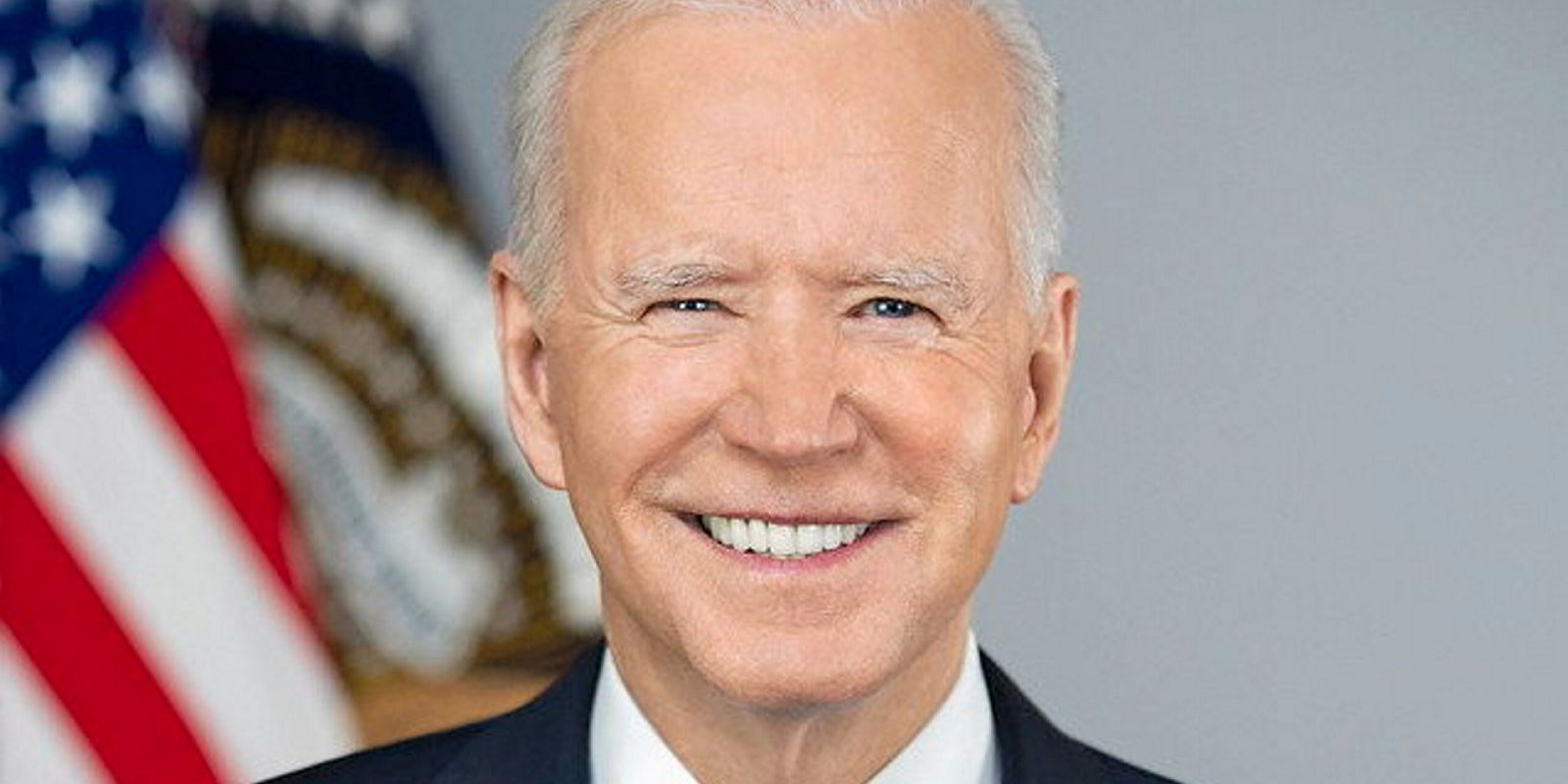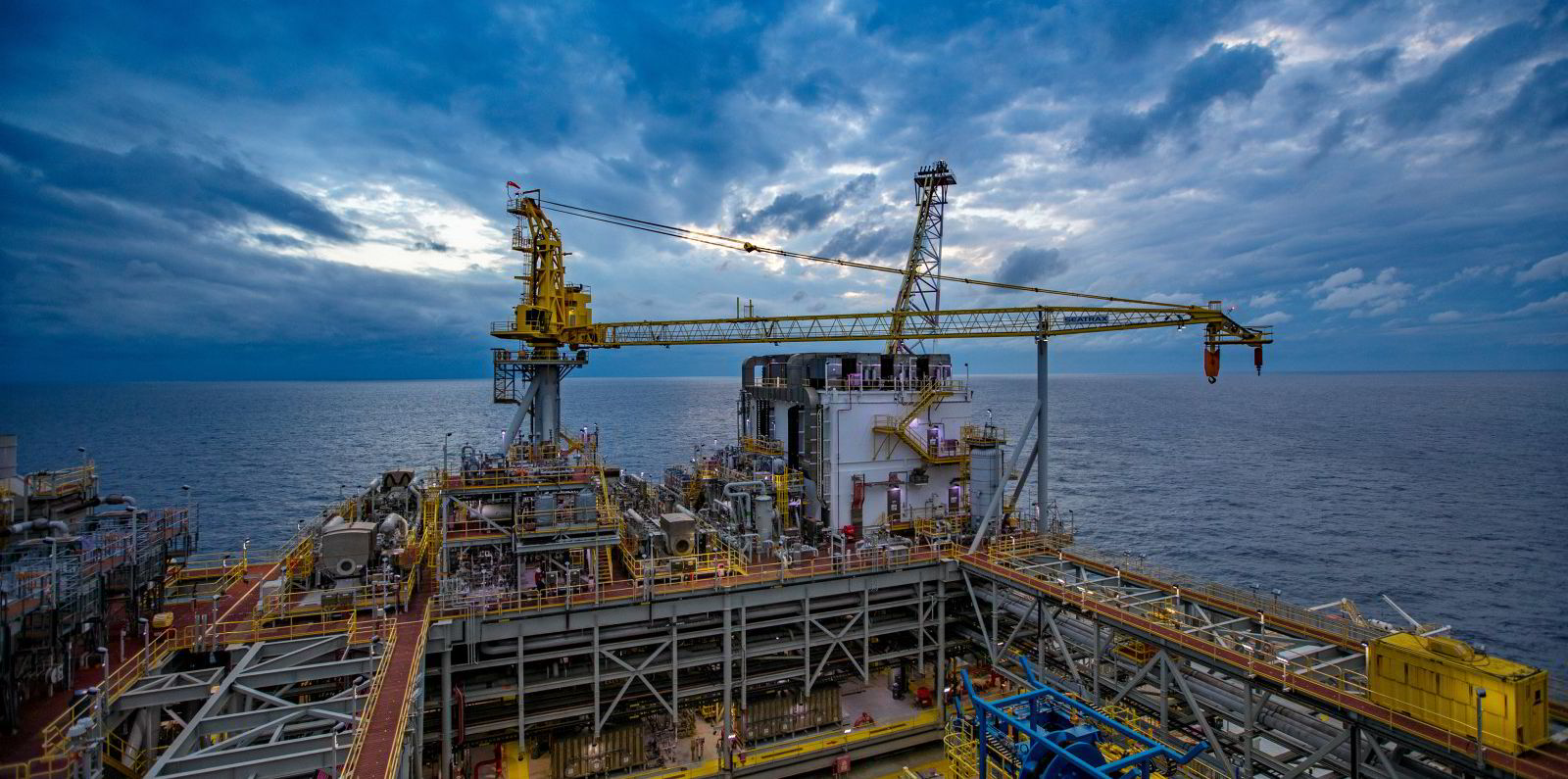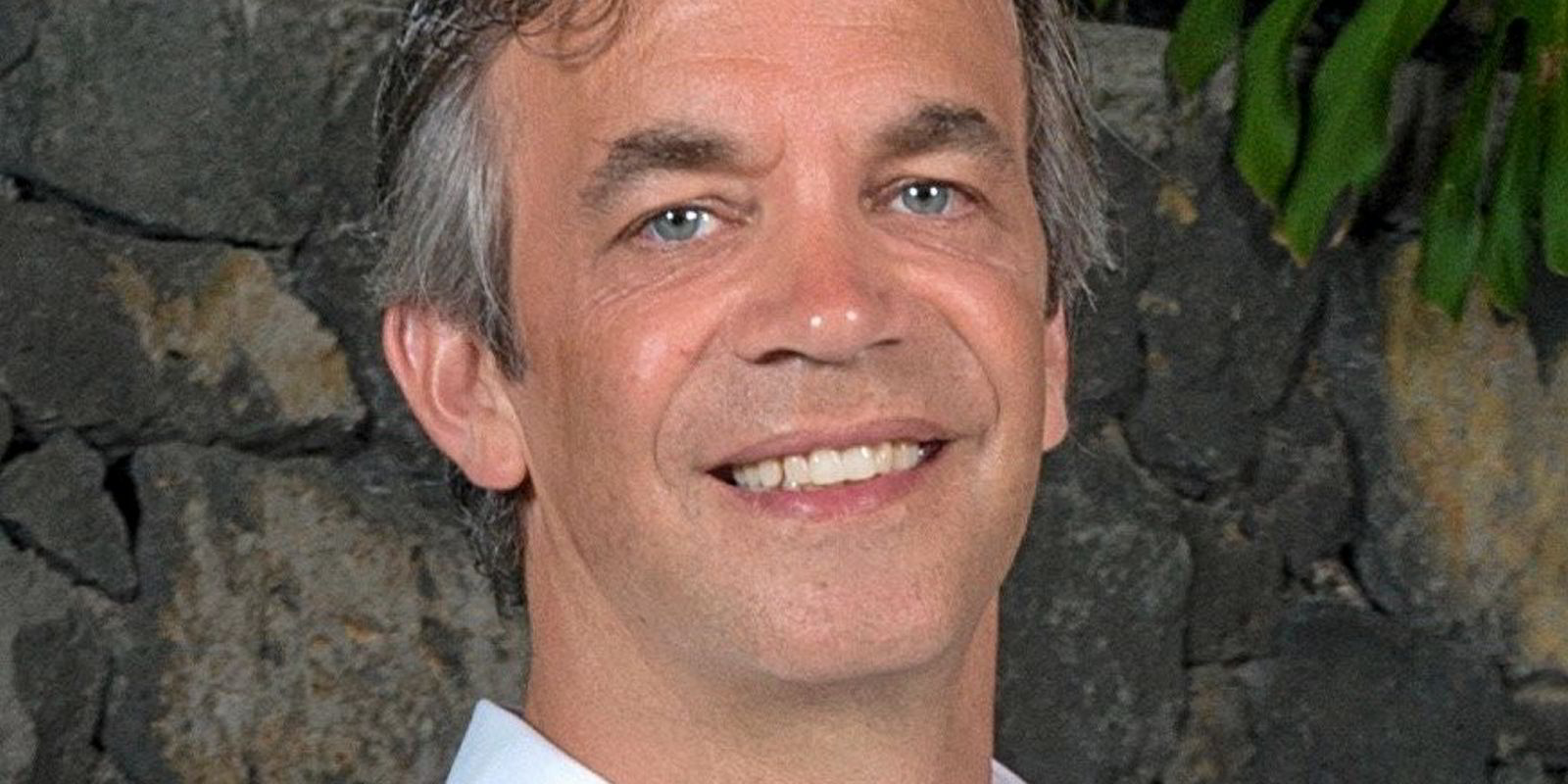Innovation is never far from the front page of the Recharge website, and the week brought a crop of examples of how technology can drive the energy transition forward.
Definitely the most eye catching was the Wind Catcher, a concept for 117, 1MW wind turbines mounted in steel scaffolding 300 metres high and 350 metres wide, set on a floating platform.
It may sound outlandish, but a prototype could be in the water as early as next year, its developer told Recharge in an exclusive interview as he explained his plan to “harvest the exponential power of wind”.
We also covered the ongoing push to market of an innovative spiral-welded steel wind tower concept being developed by US outfit Keystone Tower Systems that could be ten-times faster to fabricate than conventional designs.
Innovation is about more than designing for the future, however – one of the wind industry’s biggest challenges is dealing with thousands of components facing decommissioning from the first generation of projects installed decades ago.
To that end, GE Renewable Energy revealed it is working with specialist LafargeHolcim in a bid to develop recycling and ‘circular economy’ options for used blades that could even see them end up in construction materials for new wind farms.
Among the biggest challenges facing the energy transition is how to drive down the cost of green hydrogen from renewables. Siemens Gamesa is at the leading edge of efforts to develop technology for both onshore and offshore wind that can do just that, and this week outlined its pathway to making green H2 cost competitive as soon as 2030.
Green hydrogen is also centre stage in a US plan to slash its cost of production by 80% in the next decade through the first of a series of ‘energy earthshots’ launched this week by secretary of energy Jennifer Granholm as part of an ambitious Department of Energy scheme.
Talking of the US, ‘good-paying union jobs’ has become a familiar refrain from President Joe Biden and his officials when discussing the ambitious energy transition agenda launched since he took office.
Industry body American Clean Power (ACP) gave an insight into what that could mean in practice, when it released a study claiming up to 600,000 new jobs could be created by 2030, with efforts needed to avoid a supply crunch in in-demand roles such as wind technician.
Many of those jobs will be related to the burgeoning US offshore wind industry, which show no signs of losing the momentum it has gathered since Biden took office – and a clutch of east coast governors this week urged the president to keep his foot on the pedal.
The federal government obliged by the week’s end by unveiling a long-anticipated offshore wind lease sale in a large swathe of water off the states of New York and New Jersey that could spur 7GW.
That followed soon after news that the US government would formally seek expressions of interest from global investors in potential offshore wind projects in the Gulf of Mexico, potentially opening a whole new frontier for the sector deep in the heartland of American oil & gas.
North Carolina, meanwhile, became the latest state to join the offshore wind party with an 8GW target that is second only to New York’s.
If the Gulf of Mexico is a new frontier for US offshore wind, the same could be said about Vietnam in relation to Asia. And what a frontier it could be, according to a roadmap for the World Bank that says the southeast Asian nation could by 2035 have 25GW supplying 12% of its power needs, if policymakers get it right.
Elsewhere in the region, China underlined why it will soon add offshore wind to its leadership role in other renewables, as the nation’s first floating foundation began its journey to installation and the developer behind that pioneering project, China Three Gorges, competed a record-breaking stock market listing for its renewable energy arm that will raise massive funds for its ambitions.
Japan rounded off the week by naming the winner of its first ever renewable energy tender. The 17MW Goto Islands floating project may be small – and the tender attracted just one entry – but the award marks the start of a journey it hopes will spur massive development over the next two decades.
